By Li Zhichong
Academy of Chinese Medicine, China1
Translated by Nathan Garrettson
The latter half of the 19th century up and through the 20th century has been a time of great political, economic, cultural, and scientific transformation in China. Chinese Medicine, as a shining gem of traditional science and culture has undergone many assaults, which has led to the field sinking into a sort of quagmire, and it has had to fight bitterly for its own survival. This course of events has come to be called the “Hundred Years of Perplexity.” In the last twenty years, through serious contemplation and reflection on its causes we have become more and more clear how the course of history has chained the study of Chinese Medicine to these complex shackles.
The Loss of Support for Traditional Modes of Thought as a Theme in Chinese Medicine’s “Hundred Years of Perplexity”
Following the first Opium War in 1840, China undertook to reform and modernize itself, showing many promising signs of efforts to improve the country’s conditions. However these changes also bred a national sense of remorse and self-loathing. More than half a century later, the May Fourth Movement, while welcoming western science and democracy, also gave rise to waves “total opposition to tradition” and “smashing Confucianism.” In today’s world virtually every developed nation has built itself upon and risen from the foundation of its traditional culture. Yet China has not built for itself an environment where the diverse ways of East and West, past and present can harmoniously coexist. Both traditionally and in the present day our country has taken an almost pathological naivety towards foreign science and culture, seeing things from a black or white perspective. This self destructive defect is quite ingrained into our culture, and to this day has yet to be completely eliminated. In the 1960’s, while other nations and regions were progressing from the technologies of the Industrial Revolution into a new technological era, China, in the throes of the historically unprecedented Cultural Revolution, underwent conflagrations of book burning and anti-Confucianism. It is an unquestionable tragedy for a people to fail to sustain their cultural modes of thought. The unthinking blaming of history, or of our ancestors for the recent era of poverty, backwardness, and for the abuses meted upon China by foreign nations is but another symptom of our traditional modes of thought having lost their support through those hundred years.
The Distortion of Chinese Philosophy and Science as a Principle Cause in Chinese Medicine’s Perplexity
Chinese Medicine took form in the Spring and Autumn Period, and during the Qin and Han Dynasties (5th century BCE – 2nd century BCE), it grew in the soil of the science of that time, and has as its foundation the philosophical thinking of that era. At that time, China stood among the other civilizations of the ancient world at a cultural high point in human history, with China as the center of oriental culture. The cultures of China and the other great civilizations of antiquity stand today as the foundations of modern culture and civilization, yet in these last hundred years the Yi Jing, Dao De Jing, and even books of the Confucian school, despite their timeless philosophical value, have now come to bear Marxist labels, sometimes as “Objective Idealism,” and sometimes as “Subjective Idealism.” In India people have not forgotten Buddhism, and in the West, the ancient Greek philosophers have likewise not been neglected; in China however, the writings of all the various historical schools of thought, philosophies that have persistently been a part of Chinese life, have been twisted and distorted, their spirit and essence cast away, leaving only an empty husk. In this vein the theories of Yin and Yang and of the Five Elements, the methodological roots of Chinese Medicine, have suffered a similar fate, again and again labeled as “backward,” feudal,” and “idealist.” Only in the light of thousands of years of irrefutable medical efficacy have these central concepts been preserved with such politically palatable monikers as “Undeveloped Materialism,” and “Spontaneous Dialectical Thinking.” These names in actuality still belittle their philosophical value. Moreover, the wealth of methodological content within the theories of Yin Yang and the Five Elements is not in any way limited to the field of philosophy.
In the latter half of the 20th century, with a great many people pursuing the study of material dialectics, there are some who have gone so far as to distort and confuse the meaning of the fundamental concept of matter. It is no wonder that Mao ZeDong repeatedly complained that, “Few people truly understand Marxism-Leninism.” According to Lenin’s explanation, “Matter is a philosophical category indicating objective reality. This objective reality is of the type known by people through the senses; it does not depend on the senses to exist, but the senses copy it, photograph it, and reflect it”2 This “objective reality” is the same concept Yalishiduode referred to with his term “the universal,” and what Lao Zi referred to as “Being” when he wrote “Being and Non-Being create one another.” More than any thing else, it is like the Buddhist model of the five aggregates (physicality, sensation, thought, volition and experience.) In recent history, the term “matter” as it is used in Chinese Medicine has been displaced in meaning by the connotations it carries within the fields of physics and chemistry. As a result of this, Buddhism’s sensation, thought, volition, and experience, along with other forms of information about matter, and its movement and condition have been completely omitted from “matter.” In this same vein, not only has the methodology on which Chinese Medicine is founded been labeled “unscientific,” but even the zhenghou, the patterns of disharmony, which are our very objects of research and diagnosis, under the supreme standards of physics and chemistry have been pared down to this same basic “objective reality.” In these hundred years Chinese Medicine, troubled by these philosophical trends, has worked assiduously by means of “scientific research” in hopes of finding for the field a “material foundation.” But how can the zhenghou, obtained through the four diagnostic methods of looking, hearing, asking, and feeling, not have all the categorical material properties of an “objective reality?” Clear research objectives and methods are essential for the survival of every branch of science; following these distortions of definitions Chinese Medicine has fallen to a state where it is floating adrift, at the mercy of the time. Under these conditions, discriminated against and devastated by fate, Chinese Medicine is truly in a predicament not easily remedied.
Regression Within Westernization, an Expression of the “Hundred Years of Perplexity”
In research, one must have a definite objective before the methods of that research can be determined. In both Chinese and Western Medicine the object of research is the human being. From the perspective of Chinese Medicine, people are the spirit of the physical world and thus, existing within it, embody in the human form all the various attributes and properties of this physical world, a different view indeed from the Western Medical Tradition. As far as research is concerned, neither Chinese nor Western Medicine have studied more than a number of physical properties of the human entity, and having different objectives, each has likewise implemented dissimilar methods in its research. From this it can be seen that divergent objectives leading to divergent methods must necessarily lead to two distinct systems of medical science.
In modern China, where these medical systems coexist, an important factor influencing people’s ability to accurately and impartially comprehend Chinese Medicine has been the prior knowledge people have brought to their studies and how that prior knowledge may have led to prejudice or rejection of things to them as yet unstudied. This prejudicial bias is a product of in the analytical sciences of the times. Specifically, people whom first study and have their world views shaped by reductionism often take resistant and prejudicial attitudes towards holistic theories, ideas about which scientific understanding is often lacking. When a person first studies the reductionist anatomy and physiology of Western Medicine, they obtain a fixed set of previous knowledge, and, when approaching the study of Chinese Medicine, will unconsciously, through empirical morphology and histology explain, and revise even to the point of rejection, Chinese Medicine’s holistic concepts of the organs, meridians, and disease patterns. Moreover, this effect of bias in the sciences is largely over looked, especially under the circumstances of disjointed and impoverished traditional modes of thought in the sciences and philosophy. The idea of westernizing Chinese Medicine has become a socially ingrained prejudicial trend over these last hundred years. From Yu Yunxiu’s writing in the 1930’s of the need to “abolish the theories of Chinese Medicine,” to the call of the early 1950’s to “Implement a plan to reform the old medicine;” from slogans in the early days of the PRC calling for the “Scientification of Chinese Medicine,” to 1958 when the nations’ highest level leaders proclaimed Chinese Medicine an “erroneous theory,” and on and on. Even though the words used to express and the methods used to reach these conclusions were all different, they all equally shared a common bias: that Chinese Medicine is a thing of the past, feudal, backward, unscientific, and that ideas and methods derived from the fundamental theories of Western Medicine should be used to prove, explain, and assist Chinese Medicine’s “scientification.” This prejudicial trend combined with the absolute power wielded by the government at that time imposed insurmountable limits on the development of Chinese Medicine, firmly maintaining it at the edge of extinction in every aspect: practice, education, research, and management. Even though there have been repeated efforts within the field to resist these forces, they have been without result, and the crisis has gone on unresolved. Even today people proclaim a “modernization of Chinese Medicine,” an idea which still has at its roots a conception of Chinese Medicine as “unscientific” and in need of “westernization.”
Academic Incompetence and Inconsistent Effort as Contributing Factors to the “Hundred Years of Perplexity”
Under repeated attacks the academic substance of Chinese Medicine has gradually become emptier even as people’s attitudes towards scholarship have taken a more impulsive nature. One aspect of this is people baselessly discoursing on subjects in which they are unread. There are many who lack the necessary endurance to properly pursue scholarly studies, yet interest in scholarly works has increased greatly. There are many times more books being published now than at any other point in Chinese history yet the quality of these works, the effort that has been put into them, is quite lacking. Nearly anywhere in the majority of these books can be seen copying and plagiarism of material, and yet in the process of plagiarizing ideas have been miscomprehended and distorted beyond recognition. Another aspect is government proclamations’ instant transformation into doctrine. Just one sentence form the mouth of a prominent leader, or the development of a new branch of some science, has very easily given rise to a swarm of enthusiasm, and often has been immediately elevate to the status of the classics. In some cases people have given the most preposterous explanations and annotations for their work and then proclaimed their follies to be innovations.
Every branch of science has come to maturity by a process of evolution rooted in its own historical traditions, and as the external and linguistic environment of culture and science change, there arises a necessity for establishing definitions for the field to ensure that there is no loss in the original scope through the process of time. This is a part of the mission of every branch of science in the ceaseless self-evolution of its theories. True ideational self-evolution of a science’s theories is an eternal constant, yet it is only accomplished by means of the diligence and creativity of a select minority within a scientific field. This type of evolution is not something a “mass movement of the people” could ever bring about. In the last half century the field of Chinese Medicine has yet to produce definitions or explanations that can be commonly understood or that have any scientific basis for such nuclear concepts as Chinese Medicine, Chinese Herbology, Patterns of Disease, Diagnostics and Treatment, or even Chinese/Western Medical Integration. Yet in the last several years, even several decades there have already been efforts of a grand scope to motivate, propagandize, implement, and carry out the development of such policies as the “Modernization of Chinese Medicine,” the “Modernization of Chinese Herbology,” the “Standardization” and “Normalization” of Chinese Medicine Pathologies, and the creation of “Chinese/Western Medicine Integrative Studies.” The whole process, going at things backwards, and being implemented very much as a “mass movement of the people” has followed the spirit of The Great Leap Forward: “Uncertain circumstances, yet great enthusiasm; Countless divergent ideas in the people’s hearts.” It is difficult for a science to establish with any certainty a starting point for its own development and improvement, especially with respect to questions of theory, without clear definitions of its concepts and categories. Under these circumstances, Chinese Medicine, including the technical studies conducted as a result of the aforementioned “scientification” policies, has in fact lost its scientific basis. The last fifty years of history stand as proof that these policies of modernization, standardization, normalization, and integration, all being without foundation and without a clear starting point, have only contributed to Chinese Medicine’s “Hundred Year Perplexity.”
At times trends can be indistinguishable from plagues. Even though they may be born of irrational or culturally or scientifically obscure origin, it can drive the masses to action, blindly at times, and when these trends reach the pitch of a tempest, people are often left with no means of dispute or resistance at their disposal. But practice as well as time will ultimately test them, and measure them against a truer standard; and everything which is without basis will, like a tree without roots, wither in the face of science. In dealing with trends of thought then, it is paramount that one sees things from various perspectives, and coolly and contemplatively searches for the truth.
It is written that “When something reaches its extreme, it must necessarily undergo change.” In the 1970’s we began to hear of movements in the West to “return to nature,” and to “emphasize traditional medicine.” In 1980 the words “Develop modern medicine and pharmacology as well as our nation’s traditional medicine and pharmacology” were written into the national constitution. In 1985 the Central Secretariat put forth directives that “Chinese and Western Medicine must be placed in equally important positions,” and that “Chinese Medicine must not be lost.” In 1991 the “Equal Importance of Chinese and Western Medicine” became part of national public health policy. These developments show how Chinese Medicine has begun to mature out of its hundred year perplexity. Today the fate of Chinese Medicine’s future rests in its own hands.
There are then two issues of the utmost importance: The first is to establish scientific and cultural pluralism, to allow social consciousness to grow and prosper, to end as quickly as possible the “westernization of Chinese Medicine.” More than 2000 years ago, Xun Zi came up with ideas completely distinct from the Confucian and Moist thought which dominated his time, elevating the brilliant idea of “harmonious dissimilarity,” in hopes that the other schools of thought of his time would maintain an objective attitude of “speaking with compassion, listening with an open mind, and debating in a manner appropriate for the public,” and that other would earnestly work together to uncover their differences and diligently strive towards mutual prosperity. These ideals of Xun Zi’s hold meaning today for practitioners of both Chinese and Western Medicine. The relevant laws of the national constitution, as well as the general policy of “Equal Importance” should be taken as a standard of coexistence which doctors of both camps can abide by, setting the stage for a pluralistic and harmonious atmosphere as Fei Xiaotong once proposed, “For each to work for its own prosperity, to work for the prosperity of humanity, prosperity for its own sake and for the common good, and in this find their similarity.”
Secondly the current predicament of Chinese Medicine must be radically reformed, and all ideas of westernization or regression must be done away with. A patient is only worried that their disease is not misdiagnosed, while a doctor is often concerned that there be no illness within the medicine they practice. Were the “disease ridden corpus” of Chinese Medicine not to make a recovery, it would be calamitous for all the ill people of the world. In order for Chinese Medicine to begin its recovery from “westernization” and “regression” the first course of action must be a complete self-medication, instituting reforms of every facet of the field. By taking our cultural beliefs and scientific ideas, which have been turned on their heads and restoring them to their proper orientation we can quickly escape the perplexing legacy of “westernization,” by correcting and revising those academic models and ideas which have been misused and misconstrued Chinese Medicine may gain a speedy recovery of its original vitality, and rise again with renewed life and vigor.
This author once wrote, regarding the conditions weathered by Chinese Medicine in this era that “The edge over which lies extinction is the night before the dawn of innovation.” The rise and fall of Chinese Medicine and its moments of success and failure have all been coldly laid before the Chinese people. It should be evident to all then, that the “self-medication” of Chinese Medicine is not just the wisest choice before us now, but the only choice, for implicit in this self healing are the very breakthroughs which will lead to a true recovery.
In August 1997, Misters Cui Yueli and Zhu Guoben, along with this author collaboratively edited and published Meditations on Chinese Medicine, and it has received strong reactions both here and abroad. Our motivation for publishing Meditations was due to our concern that “should the weak and pared down methods of Chinese Medicine fail to change, or should it be lost through westernization, lost to catchy slogans, it would be a reenactment of Japan’s Meiji Reformation.” We chose the name Meditations because of our belief that “meditation gives birth to wisdom, and wisdom is power.” As for Chinese Medicine’s one hundred years of perplexity, to not rise up through meditation would be to sink into oblivion. This reflection, this power, are the result of research and study in the soft sciences and the science of Chinese Medicine. This book is a compilation of my work and specific studies over the last 20 years in those sciences. As a contribution to Chinese Medicine’s rising through reflection, I have titled this volume, “Chinese Medicine Renaissance.”
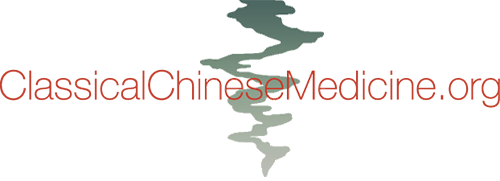
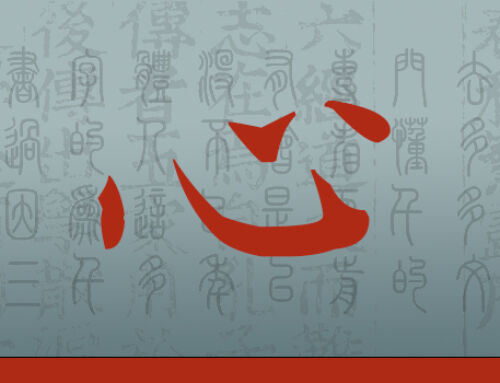

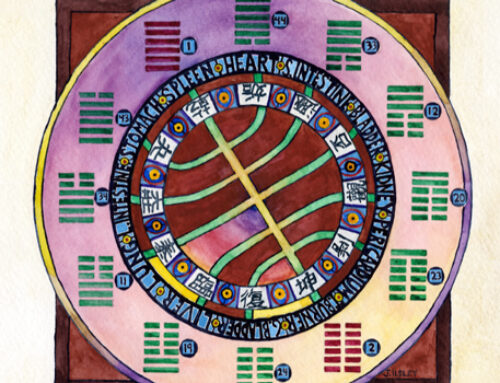
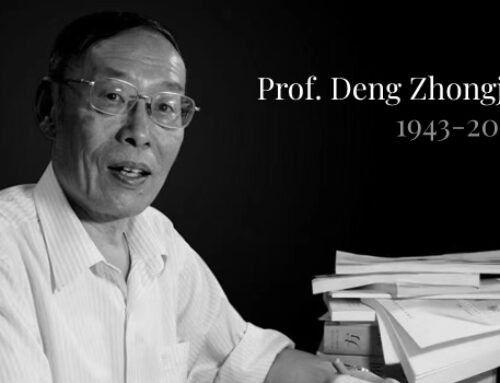


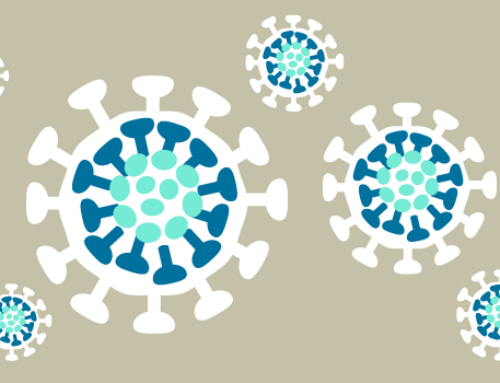
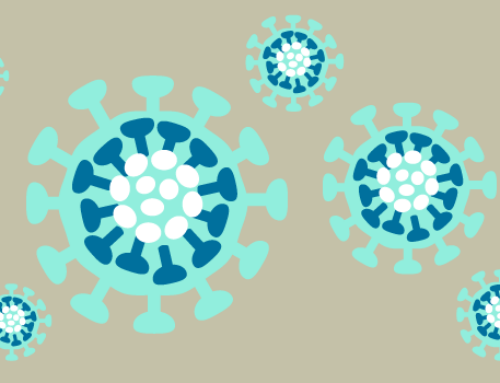
Leave A Comment
You must be logged in to post a comment.